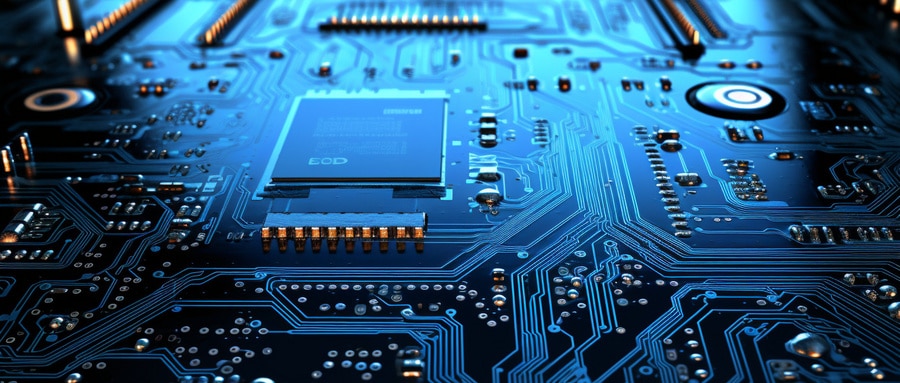Unearthed Treasure: The Innovative Frontier of PCB Recycling
The 21st century has witnessed dramatic advances in technology, from computerization to digitization, which have fundamentally transformed how we live, work, and connect. Unfortunately, with our increased reliance on electronics comes an equally complex waste management issue; PCB recycling stands as one solution; here we explore its techniques, benefits, challenges, and potentials in more depth.
Evolution of PCB Recycling
As with the creation of any electronic device, disposal has always been an issue. PCB recycling has gained increasing prominence as consumer electronics sales surged and global e-waste levels spiked. From simple methods of extracting copper for reuse into holistic processes guided by principles such as sustainability, circularity and resource optimization – PCB recycling has evolved since its inception.
PCB Recycling Techniques and Strategies
Modern PCB recycling venues employ various procedures that begin with de-manufacturing – disassembling electronic devices down to their component parts – before proceeding through mechanical treatment, pyrometallurgy or hydrometallurgical techniques depending on their type and recycling goals.
Mechanical Treatment often utilizes shredding and grinding techniques to liberate and separate PCB’s metallic and nonmetallic fractions, while Pyrometallurgy utilizes thermal processing methods to recover valuable metals. Hydrometallurgical Techniques incorporate leaching processes using chemicals or biological entities in order to selectively extract its metal constituents.
Benefits and Impact of PCB Recycling
Recycling PCBs has multiple implications. At its core lies an environmental solution to the mounting e-waste crisis; helping curb pollution and save energy while lessening landfill impact. On an economic front it unearths valuable metals such as gold, palladium, silver and copper which may then be sold or recycled further for economic gain or social health improvements resulting from reduced exposure to toxic materials in e-waste dumps thereby creating safer living environments for everyone involved.
Challenges and Road Ahead
PCB recycling faces several significant hurdles that impede its effectiveness, such as technological gaps, legislative restrictions and economic viability issues. Innovation necessitates more complex recycling methods while regulatory landscapes around the world must evolve quickly in order to support responsible PCB disposal practices.
However, the outlook is far from bleak: innovations in biological and green chemistry methods hold promise for more efficient and eco-friendly recycling processes; additionally, growth in global PCB recycling markets shows increased awareness and collective commitment to address this issue.

PCB recycling may still be relatively new, yet it’s already deftly blurring the distinctions between waste and resource. As we navigate deeper into electronic devices, PCB recycling stands as an inspiration and vital way of supporting sustainable development. As responsible citizens, let us recognize and amplify its significance; after all, one man’s trash may well become another man’s treasure!
References:
- G. Dodbiba et al., “The use of mechanical processing in recycling,” Journal of Sustainable Mining, vol. 10, no. 1, pp. 8-16, 2011.
- N. N. Eldin, “Metal extraction processes for electronic waste: A review,” Journal of Minerals Engineering, vol. 25, pp. 69-81, 2013.
- M. Goosey and R. Kellner, “E-Waste Recycling: The High Cost of Gold,” Circuit World, vol. 34, no. 2, pp. 38-43, 2008.
FAQ:
- What is printed circuit board recycling?
Printed circuit board recycling refers to the process of extracting valuable elements like gold, silver, copper, and a variety of plastics from printed circuit boards to prevent e-waste and promote sustainability. - Why is printed circuit board recycling important?
It reduces hazardous waste, prevents pollution, saves resources, and can be a profitable activity. - What is the process of printed circuit board recycling?
The process usually involves manual dismantling, mechanical processing to shred and separate materials, pyrometallurgical processing or hydrometallurgical (chemical) processing to extract metals. - Are there regulations on printed circuit board recycling?
Yes, numerous countries have regulations to ensure safe and sustainable practices. It’s crucial to follow local environmental and safety standards. - What metals can be recovered from printed circuit board recycling?
Commonly recovered metals include copper, gold, silver, palladium, and tin. - Is printed circuit board recycling harmful or dangerous?
If not conducted properly, printed circuit board recycling can pose risks due to the release of harmful pollutants. Adequate health and safety measures must be in place. - Can printed circuit board recycling be a business?
Yes, due to the high value of the materials that can be retrieved, it can be a profitable business if managed properly. - What tools or machinery is needed for printed circuit board recycling?
Shredders, separators, and dedicated recovery systems are usually required. Some firms specialize in manufacturing this equipment. - Is there a sustainable way to recycle printed circuit boards?
Some methods aiming for zero waste and minimal pollutant release are being developed, such as “green recycling” that uses environmentally friendly chemicals. - Can all types of printed circuit boards be recycled?
Most types can be, but the process or efficiency might differ depending on the board’s composition. Always check with a professional recycling service.























